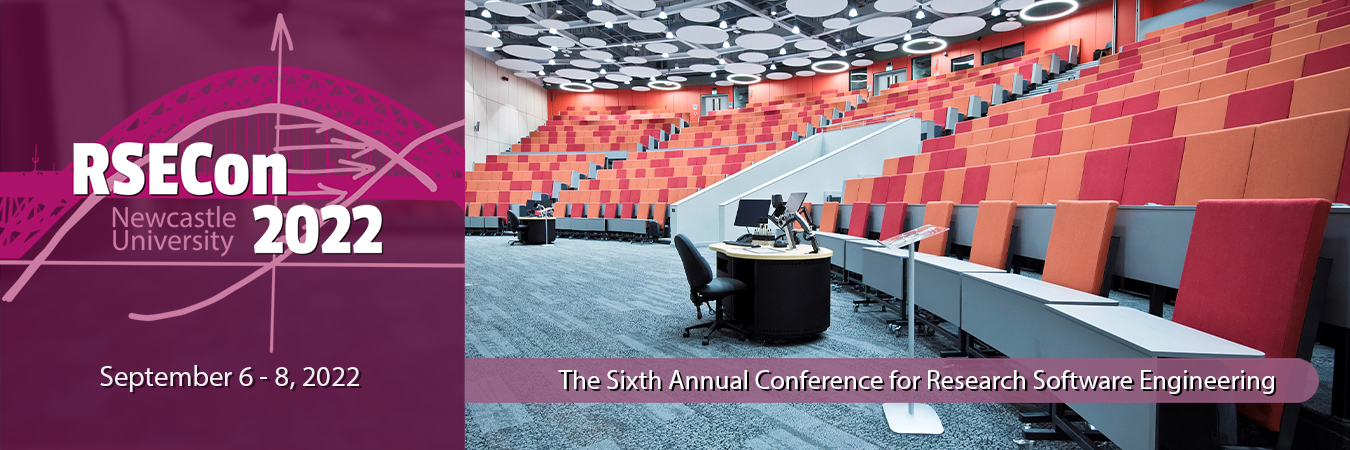Audience-led panels are question-and-answer sessions focussed around a specific topic. Panels involve a panel chair, a panel scribe, plus between 3-5 panellists. The format should be a set of questions that will be asked of the panellists, before opening the floor to questions and discussion involving the audience. Compared to a presenter-led panel, at least half of the time should be dedicated to questions or discussion incorporating audience contributions. Panels will last 50 minutes.
Planning your submission
Audience-led panels focus on both sharing the panel’s experiences, and engaging with the interests of the audience. Compared to talks which should usually come to a conclusion within the available time, good panels frequently deal with issues too large to ever be fully encompassed in a finite time slot; the direction set by the audience focuses down on a smaller area. That said, panels should discuss related issues around a focussed topic that will likely be of interest to the wider Research Software Engineering community. For examples of past panel topics, see the RSECon19 UK panel schedule.
When submitting your proposal for a panel you will have considered:
- Title and abstract: Make this informative and eye-catching as this will be used in the conference programme.
- Expertise level and audience: Would your target audience be required to have any prerequisite skills/background knowledge e.g. knowledge of a particular language or software package?
- Outcomes: How will your attendees benefit from your session? What do you expect them to gain/learn?
- Questions: How will the time break down between initial discussion questions from the chair and opening to the floor for questions from the audience? If the primary focus will be discussions directed by the chair, then consider submitting a presenter-led panel instead.
- Panel diversity: Will your panel’s composition reflect the diversity of the RSE community and wider world? For example, how will you ensure that the panel does not represent a single gender or ethnicity?
- Accessibility: We have a complete accessibility guideline set to ensure you make your panel successful. Some key pieces to consider are:
- Have you thought about how accessible your session will be to a diverse conference audience (i.e. different skill sets, different work backgrounds)?
- Visually, have you considered the colours chosen as well as the shape and size of graphics and fonts?
- Will someone who views a recording of your event be able to contact you in future?
You should now be thinking about who will be on your panel. Feel free to ask us if you want any suggestions or help to find volunteers.
Wider dissemination after the conference and licensing
Please bear in mind that all materials will be published on the conference website under a CC BY-NC license. The panel scribe should record notes from the panel. The scribe and chair should use these to create a short write-up, e.g. as a blog post, which is submitted to the Society no later than two weeks after the close of the conference. This blog post will be published on the Society website.
